Farm visit Ontario part 1: Research farm with the latest novelties
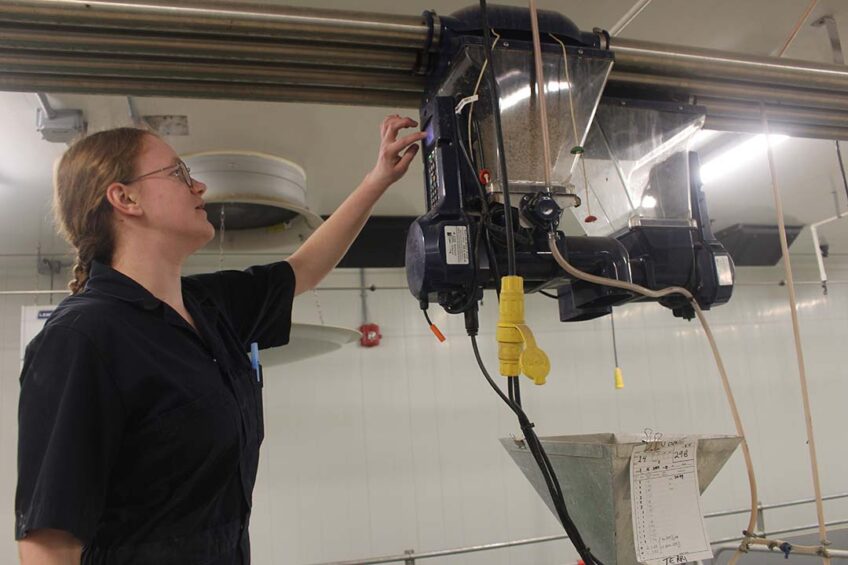
Free farrowing, intact boars and loads of nutrition research. In terms of set-up and research ideas, the new Ontario Swine Research Centre (OSRC) near Elora, ON, Canada leads the way in North America. The brand new facility can address every type of pig research that it comes across, to help Ontario’s thriving pork business keep up with the pace of the world. The centre in the spotlight in this first part of a 3-part article.
Is this an avant garde place – or do they keep pigs in here? That is the kind of question visitors may ask themselves upon entering the facility. After all, visitors are greeted by a modern façade with large shaded windows, then by a sign informing where to go when wearing a hijab, spacious luxury showers and various gender neutral restrooms.
The best answer to the initial question is perhaps: both. This is the new Ontario Swine Research Centre (OSRC), managed by the University of Guelph. Run by a lot of academic staff from the nearby university city, the core business revolves all around producing pigs.
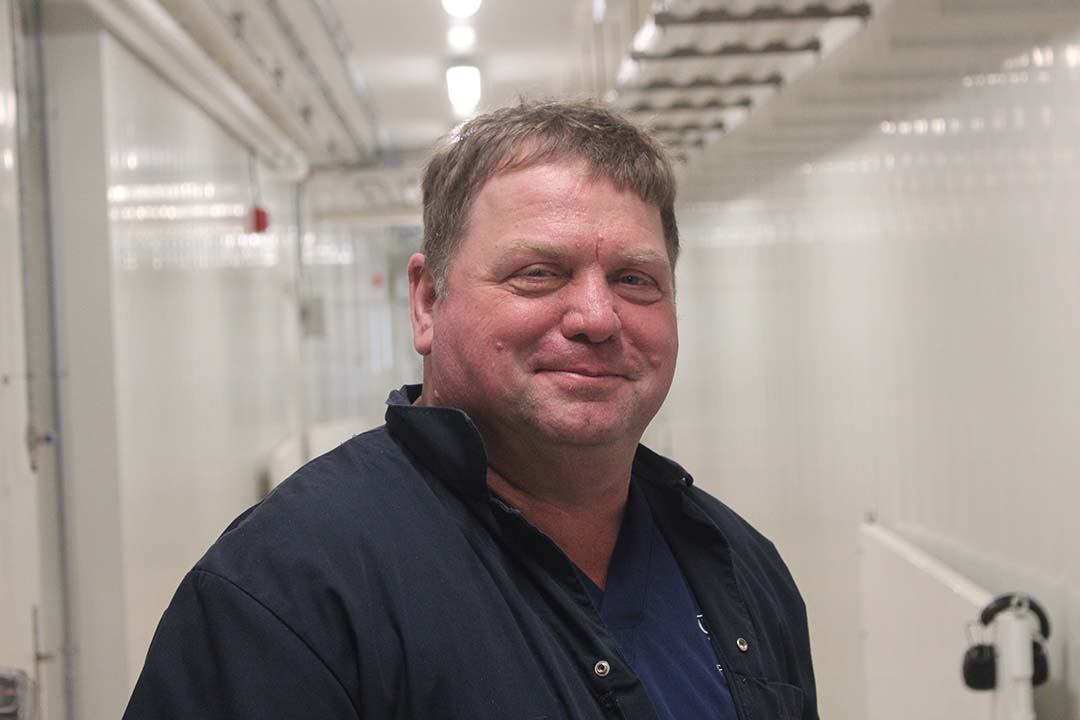
Building a new facility
Yet this is certainly not just your random research centre. The farm is brand new – it opened in August 2023, with first sows coming in one month later. The facility is built on a site managed by the University of Guelph, about 20 km north west of the city, off the road to the town Elora.
It is the university’s second swine research centre, as it replaces a much older, concrete building much closer to Guelph, built in 1979. “That farm simply did not reflect modern pig production any longer,” explains John de Bruyn, chairman of Ontario Pork at the time of the visit. Nodding on the other side of the table is Troy McElwain, technical foreperson at the OSRC. He adds, “The city of Guelph simply continues to grow.”
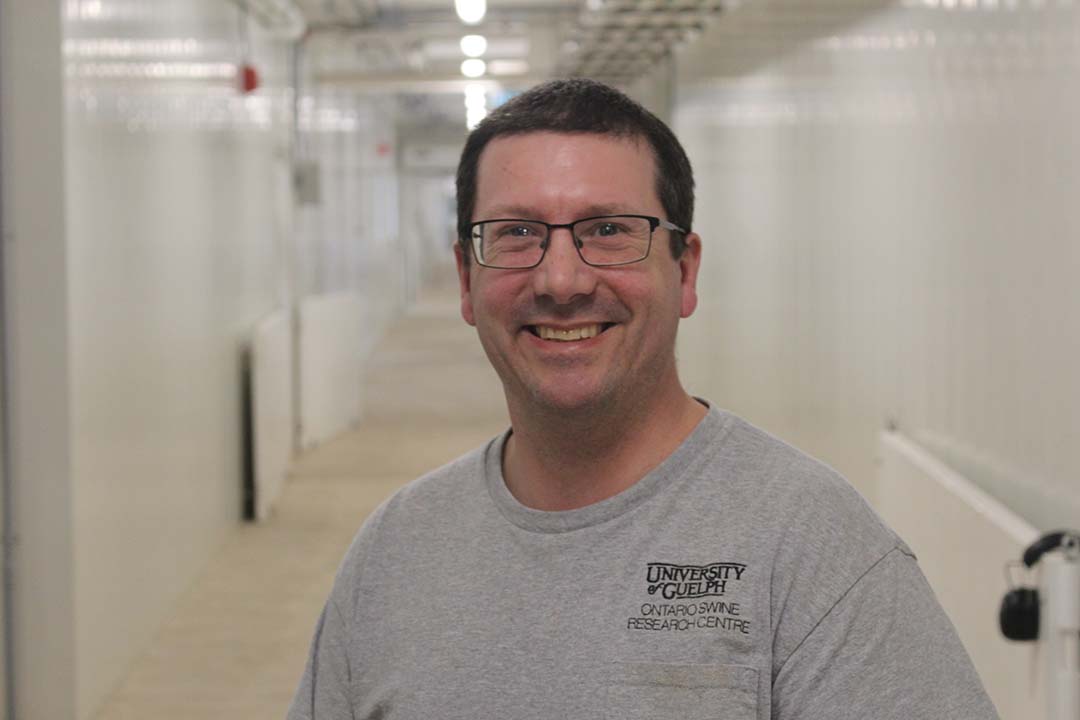
So out of town the pig people went – to the same area where a few years before also beef, dairy and feed colleagues at the University of Guelph already had gone, to a vast area for this purpose of roughly 900 ha. The new farm has a capacity for 300 to 350 sows, and contains 5 different connecting barns, see also Figure 1:
Farrowing barn;
Breeding and gestation barn;
Weaner and finisher barn;
Lab and feed centre; and
Acclimatisation barn.
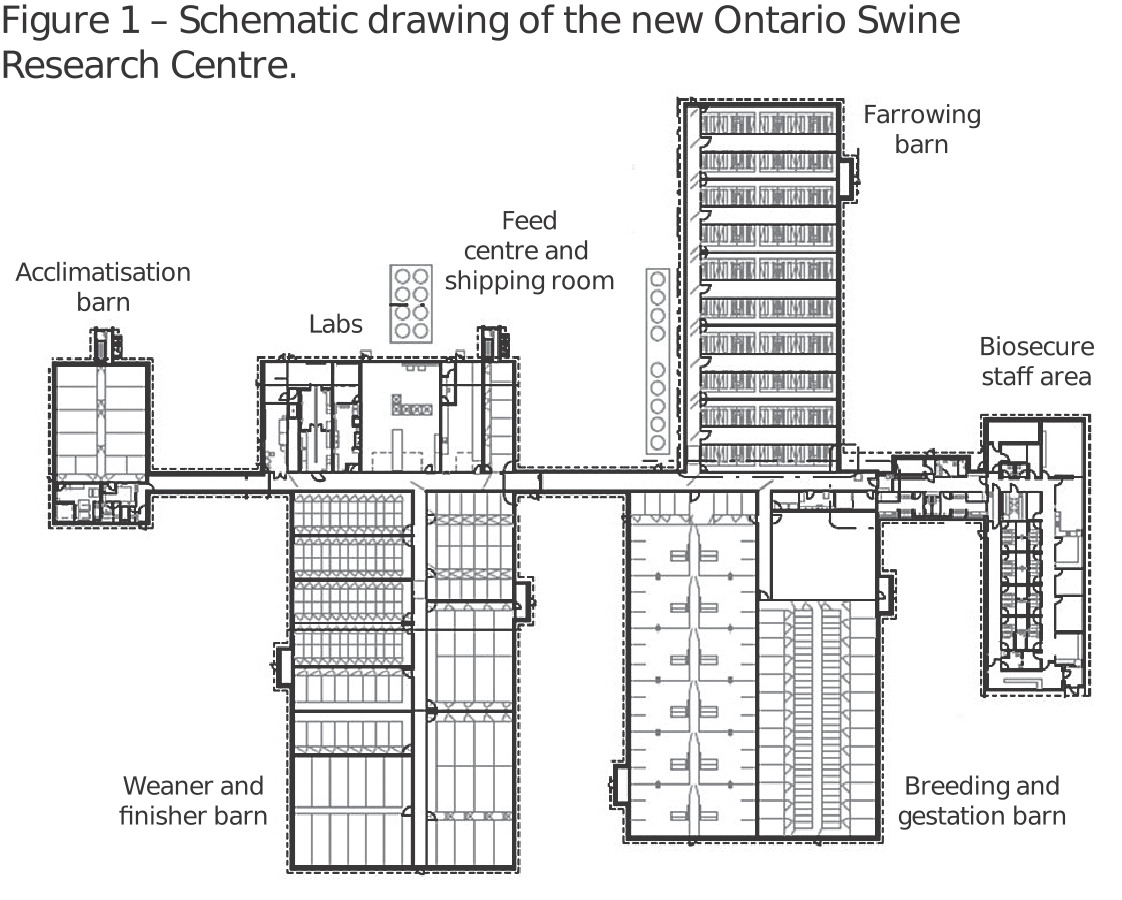
Strong focus on nutrition
Being able to start all over again, allowed to make the swine research centre up to speed with many of the latest developments and technologies, says McElwain. “We wanted all kinds of things, but it was simply not worth it re-investing in the old site. Now we had a chance of doing it all new, we did it.” First recommendations for the new barns got drafted as early as February 2016, with construction commencing in May 2019.
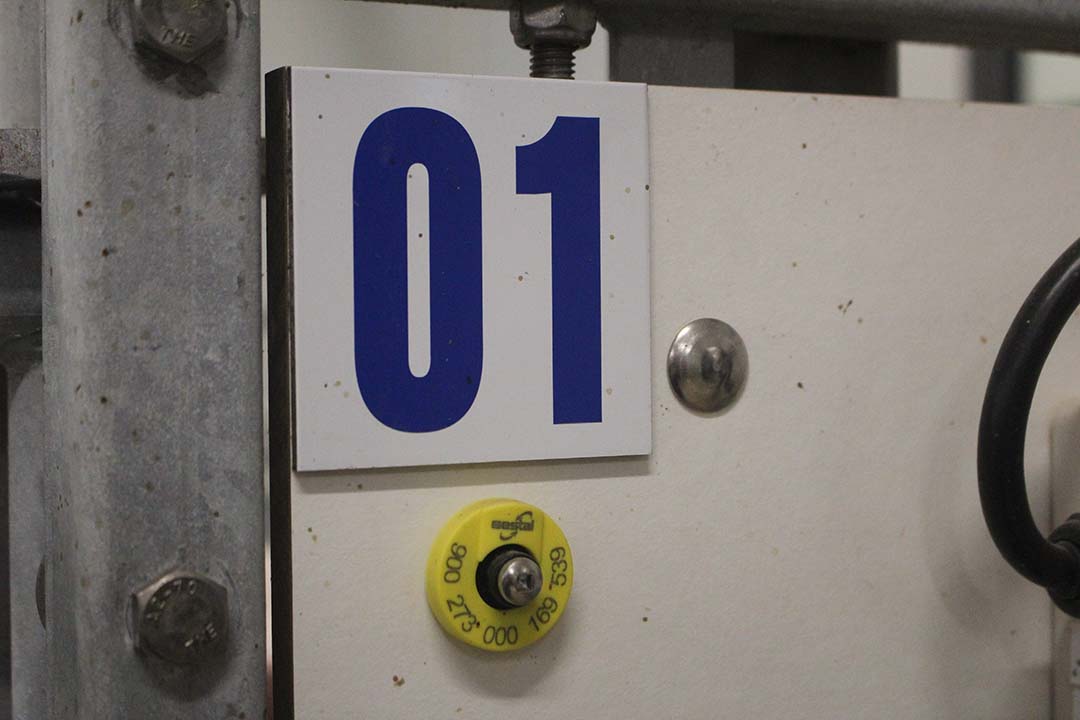
“Basically,” says De Bruyn, “We sat down and wrote down how and what we wanted. Only then we designed a building that would accommodate it all.” On behalf of Ontario Pork, De Bruyn was very committed to having the research centre built. He considers it one of the greatest achievements as his time as chairman of the organisation. After all, the centre not only is important for the University of Guelph. It also reflects the ambitions and opportunities for entire pig industry in Ontario. This industry has a close connection with both the United States as well as markets further afield.
De Bruyn says, “The OSRC is a fabulous example of how collaboration between Ontario pork partners, the Ontario government as well as the University of Guelph led to reinvestment in research infrastructure. Research has been going in Ontario on for many, many years and we look forward to many research results coming out from here – and also highly skilled people.”
Costs
Of the total costs of construction of about CAN$ 20 million (US$ 14.7 million), Ontario Pork contributed CAN$ 3.6 million (US$ 2.7 million) to the facility. The Agricultural Research Institute of Ontario (Ario), took care of the lion’s share on behalf of the government of Ontario. It contributed CAN$ 14.8 million (US$ 10.9 million). The remaining funds came from the Canadian Agricultural Partnership, a joint federal and provincial fund. Even though it is managed by the University of Guelph, the facility itself is owned by Ario as well.
Part 2 and part 3 of this farm visit were published on Wednesday, May 1 and Friday, May 3, 2024.











